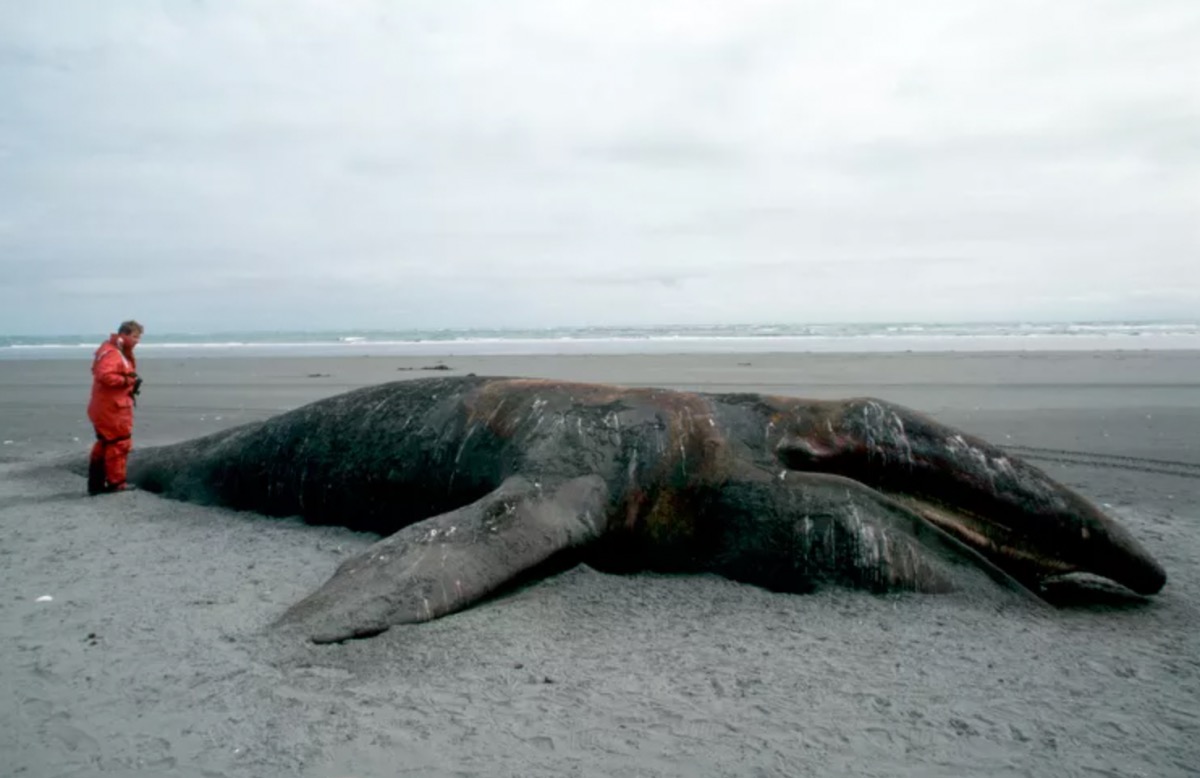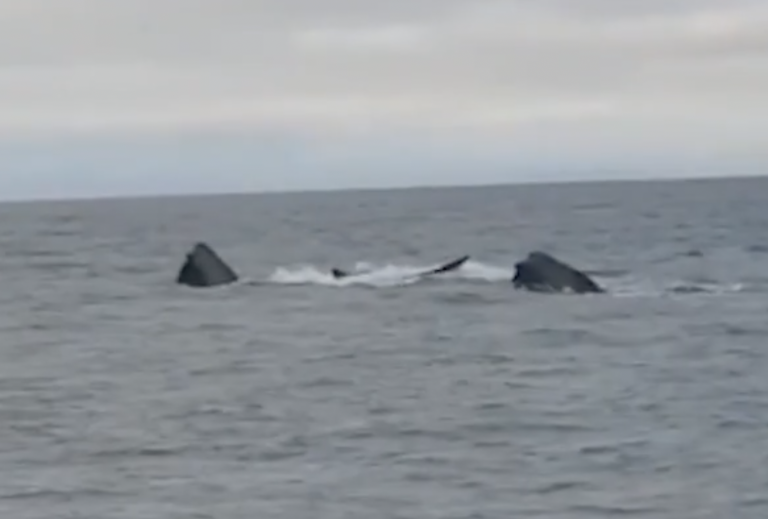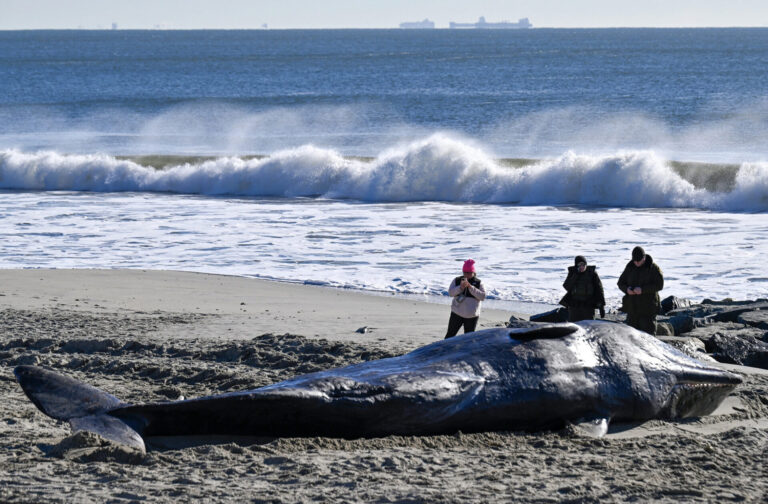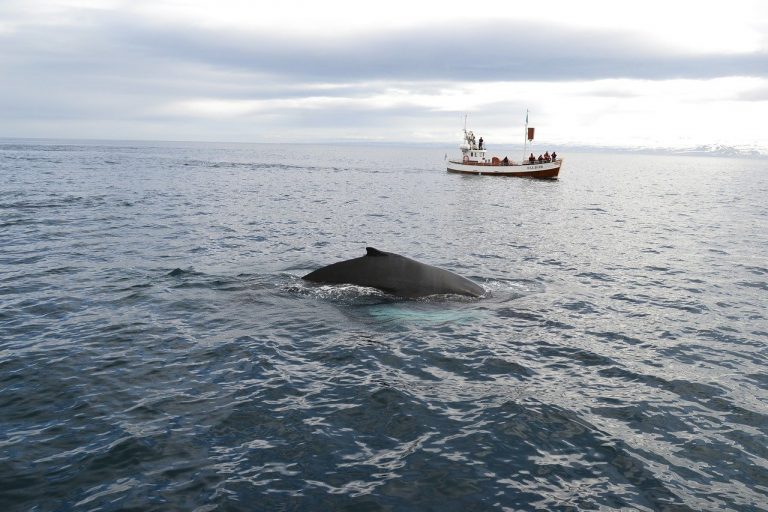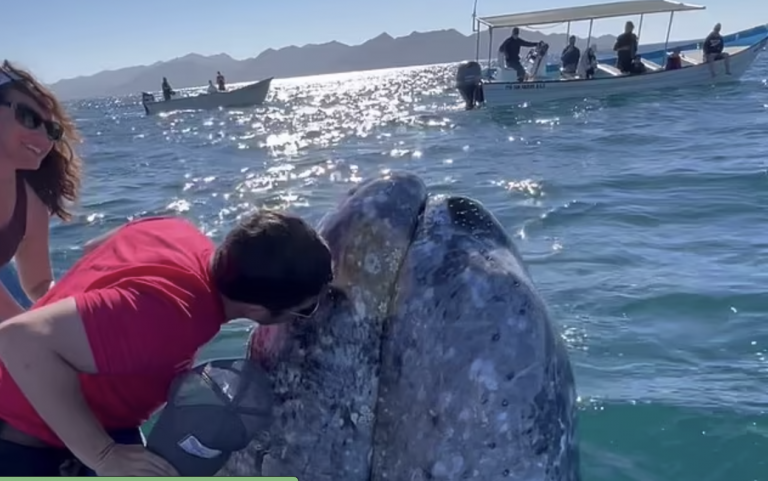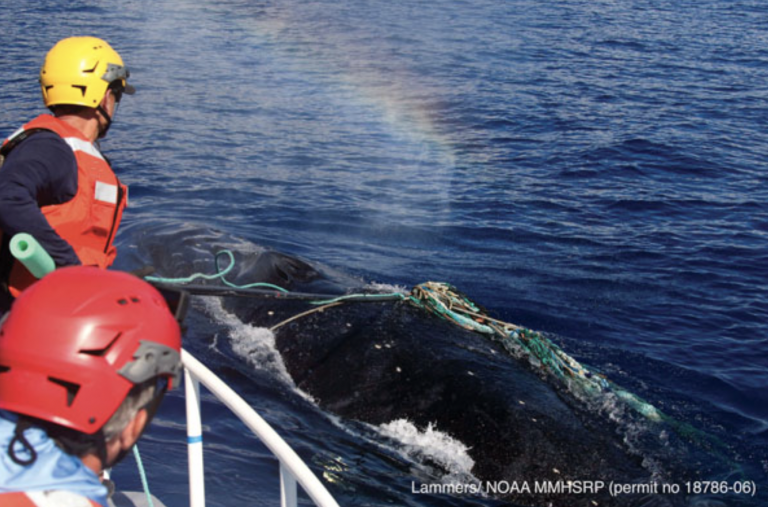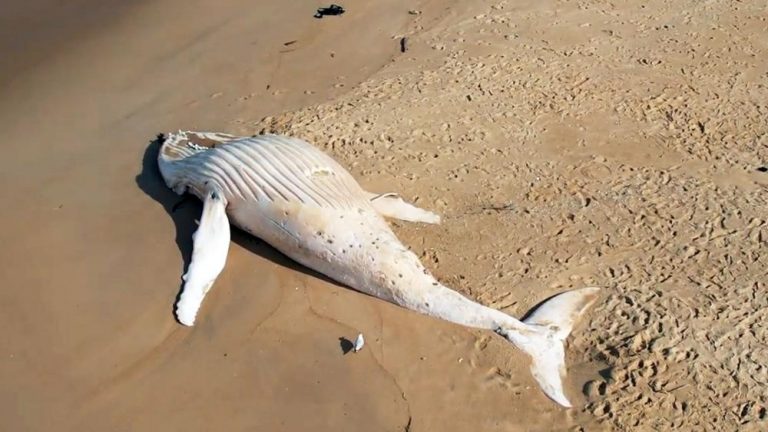Gray Whale Die-Offs Due to Climate Change
Researchers from Oregon State University believe that the recent gray whale die-offs are due to climate change. Since 2019, hundreds of dead gray whales have been washed ashore in Mexico, US and Canada. Most of these whales were found skinny and malnourished. How can such large animals not be able to find their food sources in a vast ocean?
According to the published study in journal Science, the majority of the issue lies in the melting of the Arctic ice caps. The decline in the sea ice covers has lead to a mass decline in crustaceans, which makes up most of gray whales diet. And when the ice returns, it also restricts the whales from their feeding grounds. According the the study’s lead author Joshua Stewart, “When the whales have both little food available and not much access to their feeding areas in the same year, that’s when we get these big impacts and die-offs.” He goes on to say that the reason we are seeing more gray whale die-offs is likely due to climate changes.
Recent change in climate temperatures has impacted the growth of algae. The benthic amphipods crustaceans feed on algae. If the quality of the algae is not good or available, the whale in turn will not have crustaceans to feed on either. Stewart explains, “When you have less sea ice and fewer days of sea ice, you don’t get that algae reaching the sea floor to create that productivity that the gray whales need.”
During the summer, gray whales migrate from Mexico to the Arctic. They feed in the Arctic For four months, before heading back and essentially fasting the remainder of the year. They need to gorge themselves in those short four months in order to survive. If their food source is weak, thin in turn makes them weak and contributes to the die-off of the whale.
Previous Gray Whale Die-Offs
In 1947, gray whales gained protection from the International Whaling Commission. By the 90s their numbers rose and their species was removed from the endangered list. Most of this is due to the whales migrating close to shore. This way they avoid ships and entanglements in finishing lines. In 1990s the gray whale population started to die-off again in large numbers but recovered quickly. By 2016, there were an estimated 26,000 gray whales in our oceans. Fast forward to 2019, and the gray population started to rapidly decline again. It’s now estimated that there are only 14,500 gray whales left. Unlike the previous die-offs, this one is lasting twice as long with twice as many deaths.
While this is dreaded news for whale lovers around the world, the author has hopes for the whale. “They’re resilient. They have the ability to adapt to changes in their environment and have been able to scrape by and recover, so I hope that they’ll be able to do that moving forward as well.” He also states that we should be prepared to see more whales die off from other species such as humpback whales.

